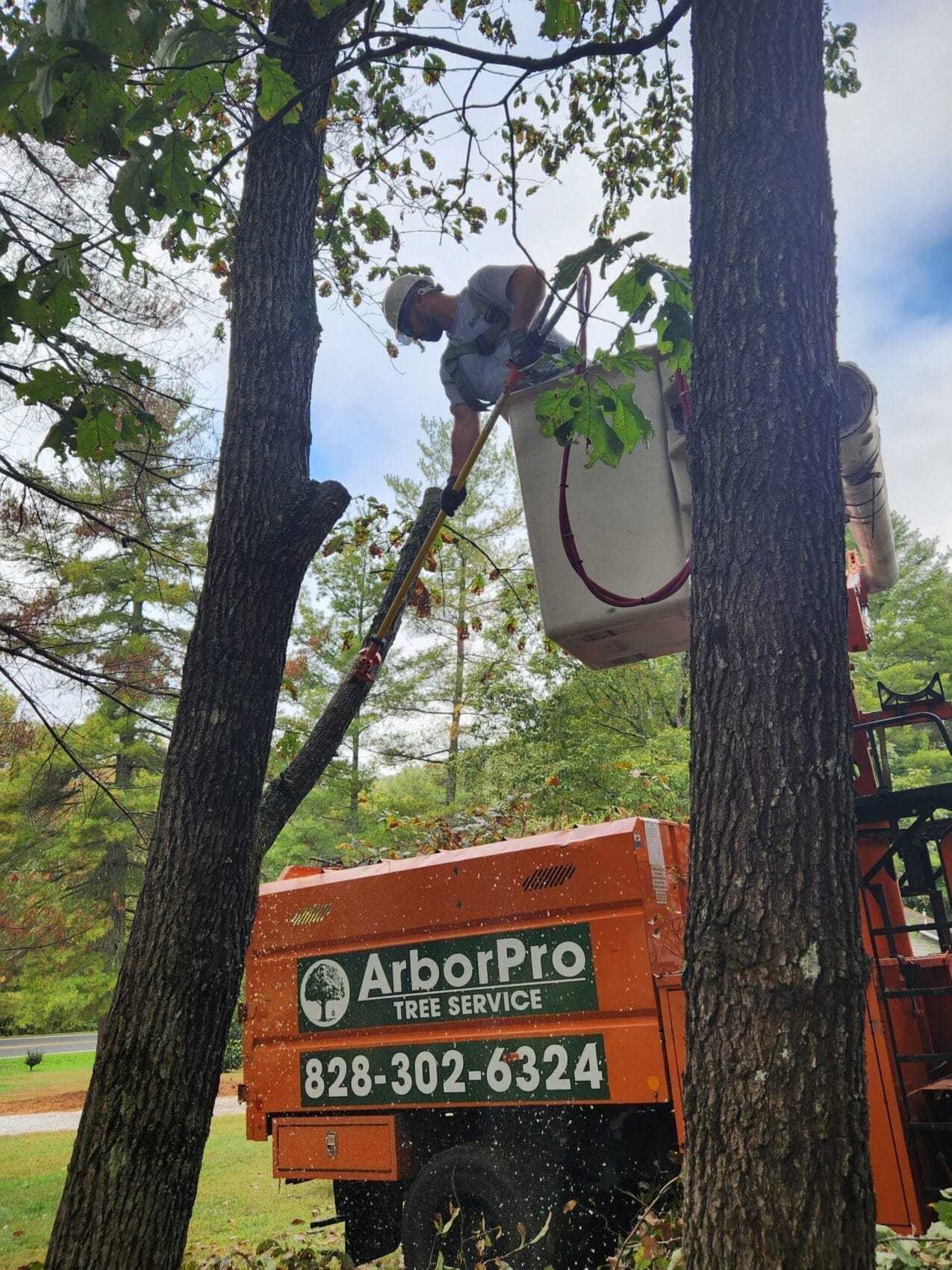
Healthy trees enhance curb appeal and safeguard families from falling limbs. Strategic tree trimming balances branch structure, redirects energy to vigorous shoots, and reduces the risk of disease outbreaks in our region’s diverse conditions. In this guide, you’ll discover why pruning is fundamental for robust growth, when to schedule cuts, and more.
Tree trimming removes select branches to improve light exposure and air circulation, which stimulates sap flow and encourages bud break in our state’s nutrient-rich, moisture-laden environment. Cutting away competing or damaged limbs, trimming:
Removing redundant or crossing limbs redirects internal sap movement toward active buds, which accelerates shoot development and leaf expansion. Key effects include:
Redirected energy distribution fosters denser foliage and fills canopy gaps, preparing trees for seasonal stressors.
Tree trimming isolates weak, dead, or diseased wood that harbors fungal spores and insect larvae. Targeted removal:
Cleaner branch structure lowers overall disease pressure and reduces pesticide needs while improving resilience.
Structural pruning creates a robust branch framework that withstands breakage under wind and ice loads. Effective cuts:
Balanced architecture increases longevity and lowers the likelihood of costly failures during storms.
The best time to prune depends on the tree’s natural cycles and local climate. Trees handle pruning better when they’re dormant in late winter, when they’re actively growing, or right after the leaves have fallen. By paying attention to your weather and how trees grow, you can reduce stress on the tree and help it bounce back quickly.
Below is a summary of seasonal traits affecting trimming schedules:
Selecting the correct window protects wound sites and harnesses natural growth cycles for faster recovery.
Pruning in late winter, before budburst, capitalizes on the trees’ dormancy when stored carbohydrates fuel wound sealing. Cuts made in February and March:
This timing aligns with the physiological readiness of most deciduous species.
Avoid heavy pruning when trees are under drought, extreme heat, or fall moisture spikes. Specifically:
Delaying nonurgent trimming until favorable conditions preserves tree vitality and prevents secondary infections.
Pruning timing in North Carolina depends on where you are. In the mountains, wait to prune in spring until the danger of late frosts has passed. In the piedmont, prune during the dormant season to avoid problems from early warm spells. In the coastal plain, the high humidity means you should avoid leaving too many open cuts in late summer when leaves are wet. Adjusting your pruning schedule to your local climate helps trees grow better and stay healthier.
Industry-standard methods focus on canopy balance, branch integrity, and young-tree structure. The following techniques deliver measurable health gains and safety improvements throughout North Carolina landscapes.
Crown thinning selectively removes interior branches to reduce canopy density, which:
Enhanced airflow and light distribution support balanced photosynthesis and stress reduction.
Cutting out dead or dying branches eliminates decay entry points, prevents limb failures, and:
Eliminating deadwood safeguards both tree vitality and people’s well-being.
Structural pruning for saplings guides strong framework formation by:
This foundational shaping minimizes future corrective work and ensures a durable branch hierarchy.
The branch collar is the growth tissue between the branch and the trunk that seals wounds naturally. To cut properly:
Following the three-cut method lowers decay risk and speeds compartmentalization.
Routine pruning disrupts disease cycles and removes pest habitats before outbreaks take hold. Strategic cuts complement integrated tree health programs across our region.
Pruning is a cornerstone of cultural disease control, alongside the use of resistant cultivars. Three frequent tree diseases you may find include the following:
By removing infested limbs early, trimming:
Regular inspections paired with pruning cuts curb pest populations naturally.
Early intervention prevents more extensive damage and preserves canopy integrity. The following signs indicate tree health issues that require immediate trimming:
Maintaining healthy trees in North Carolina is essential for enhancing property value and ensuring safety. Professional tree trimming by a local tree service not only promotes robust growth but also minimizes disease risks and structural failures. By scheduling a free estimate with ArborPro Tree Service, you can ensure your trees receive the expert care they deserve. Invest in the longevity and beauty of your landscape today.
Granite Falls NC 28630
Mon - 24 hours
Tue - 24 hours
Wed - 24 hours
Thur - 24 hours
Fri - 24 hours
Sat - 24 hours
Sun - Closed